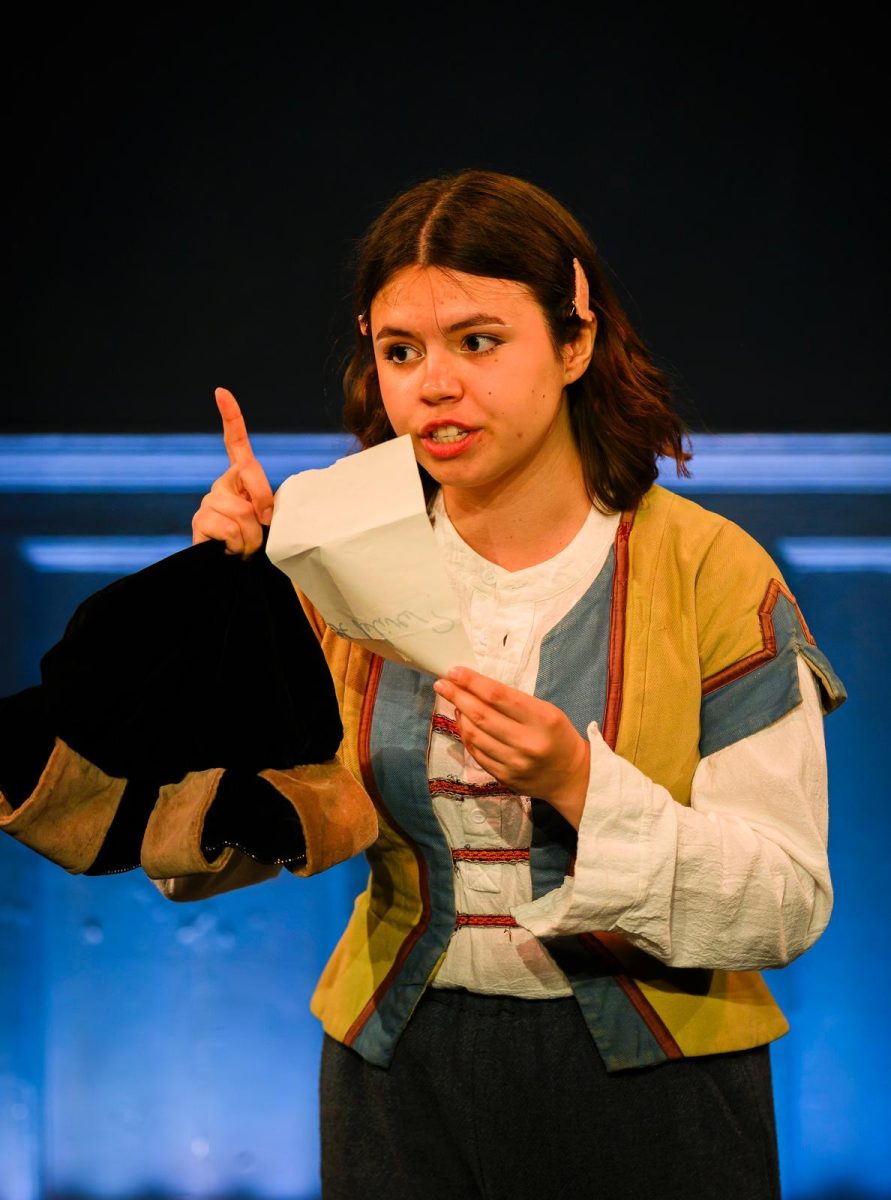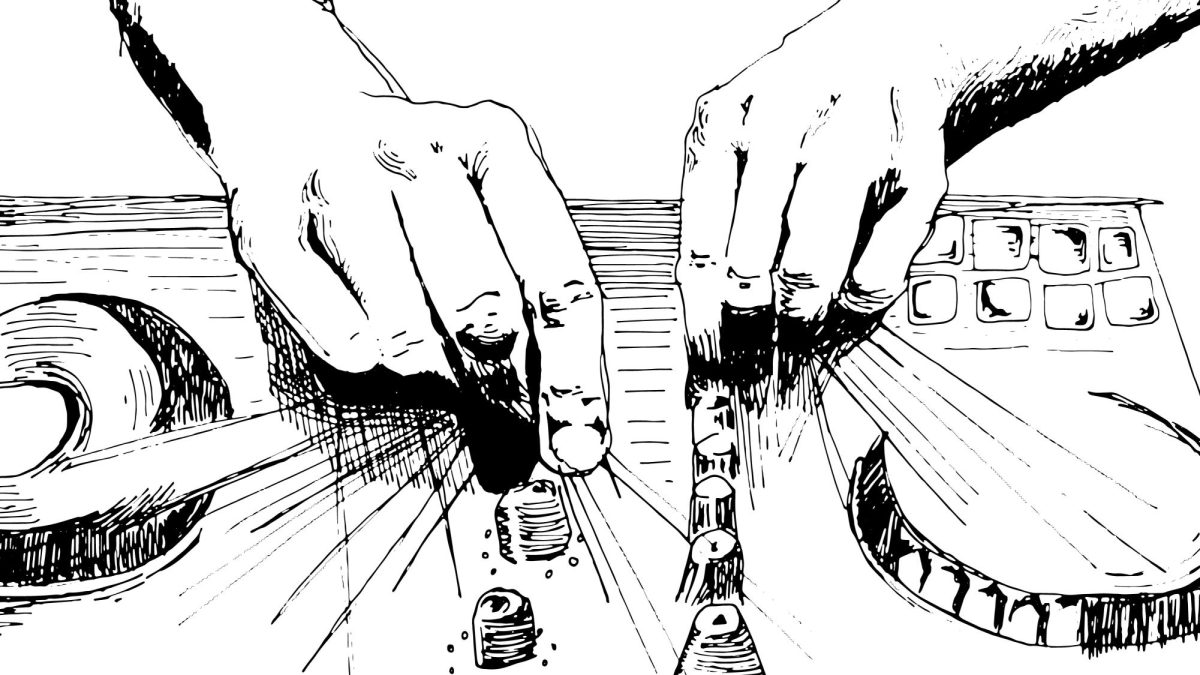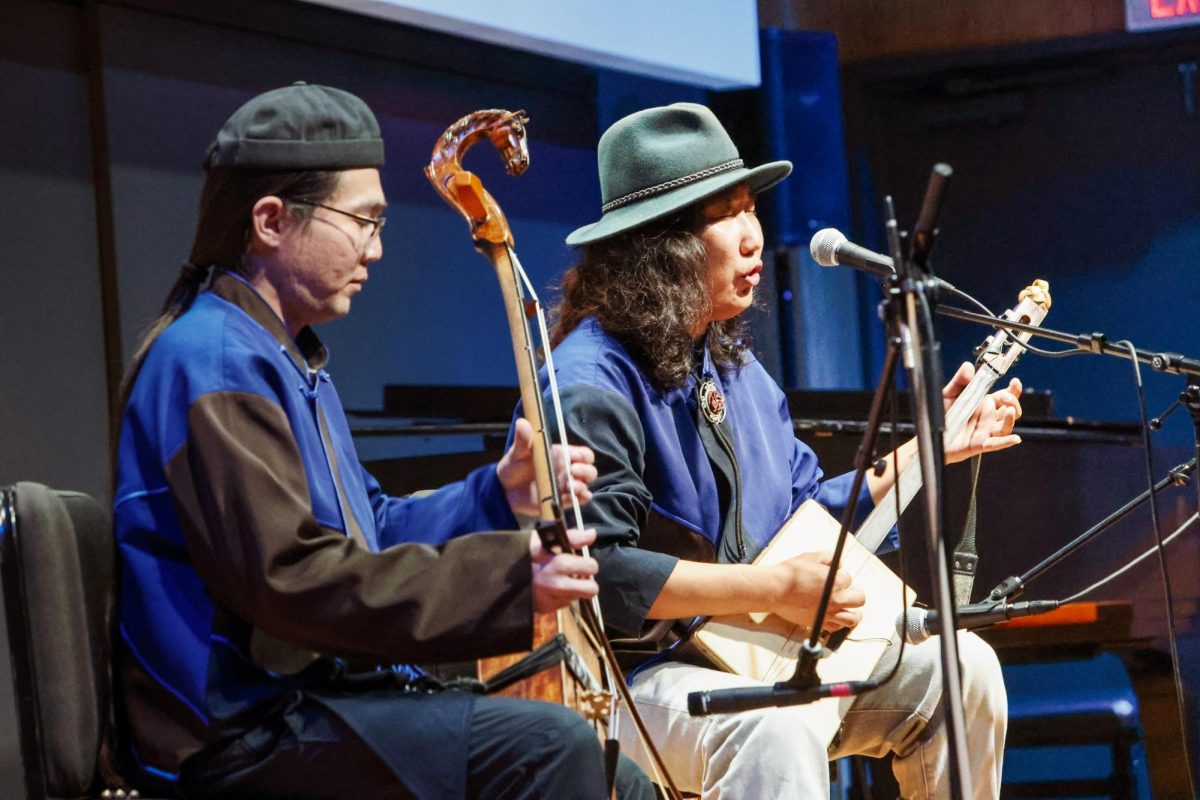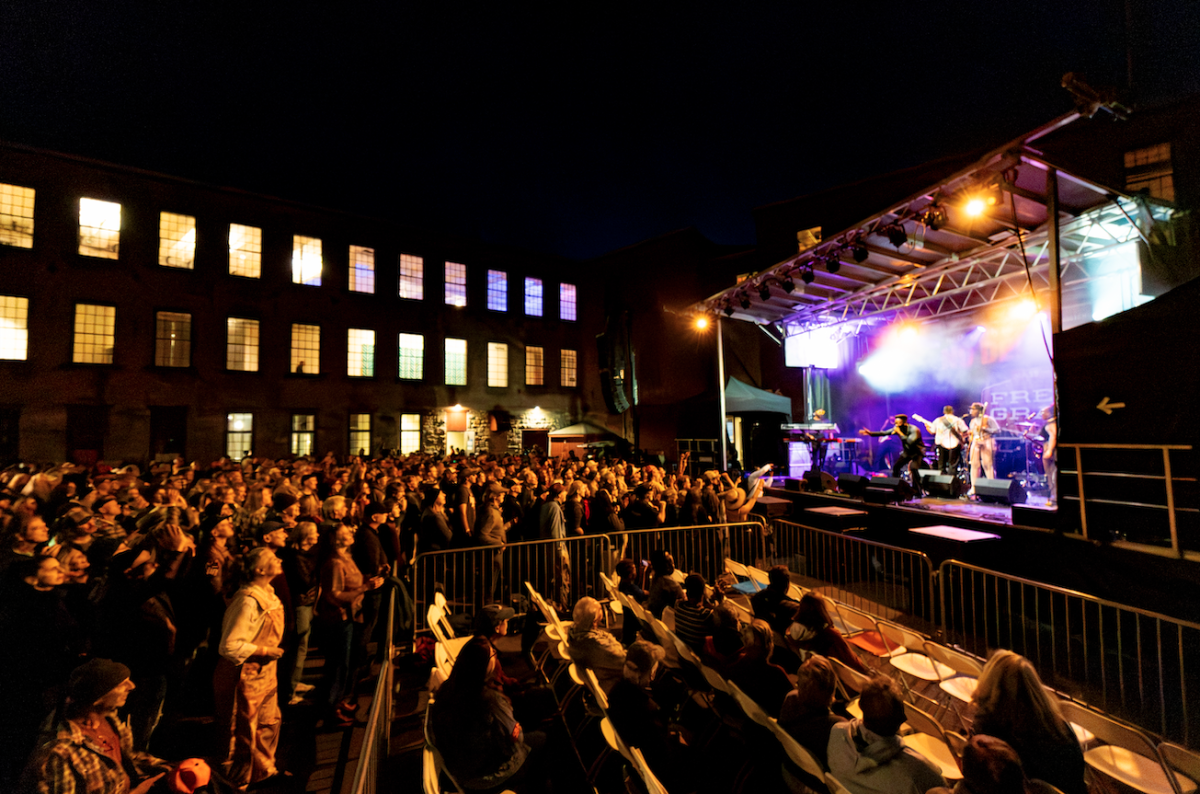
The Massachusetts Museum of Contemporary Art (MASS MoCA) and the Clark Art Institute have not been spared the effects of the COVID-19 pandemic, with both museums announcing temporary closures last month.
MASS MoCA announced on March 25 that it would be laying off 120 of its 165 employees, effective April 11. According to Tracy Moore, the museum’s deputy director, that number has not changed since then. At the Clark, which closed on March 15, there have been no layoffs, according to director of communications Vicki Saltzman.
The pandemic has hit MASS MoCA particularly hard because 70 percent of its annual budget comes from earned revenue sources, like entrance fees and sales of concert tickets, rather than from donations and grants, according to the March 25 statement. At the older, more financially secure Clark, only 15 percent of the operating budget in 2017 came from earned revenue sources.
Despite the layoffs, MASS MoCA still has dozens of people working on security, maintenance, curation, human resources, finance, information technology, communications and fundraising.
“There wasn’t a single department, if you will, that ceased its full operations, given that we know we’ll open again,” Moore said. “So many of these functions still need to happen when we’re shuttered to the public.”
While the museum has temporarily closed its Lickety Split branch and its Gramercy Bistro restaurant, the museum’s barbecue takeout restaurant, craft brewery and Tunnel City Coffee location are still operating, Moore said.
At the Clark, most employees are working remotely, according to Saltzman. A small number of employees work on-site to keep the art secure and in the proper environmental conditions.
Both the Clark and MASS MoCA have tried to keep people engaged through virtual programming, including posting photos of their art on social media. The Clark has been uploading lectures on art to its website and recommending activities for making art at home.
Though MASS MoCA and the Clark are separate museums and each makes its own decisions, they are in close contact, said Moore, who described the Clark as “our closest neighbor and friend and sharer of history.”
“I’m smiling — you can’t see me smiling, but I’m smiling,” Moore said as she talked about the Clark over the phone with the Record. “They’re close allies, and we’re sorting things out together in ongoing and important conversations.”
Moore added that now more than ever, there has been “a sharing of knowledge within the cultural community,” as institutions in the Berkshires, Massachusetts and beyond talk to each other about their ideas and questions.
“If we’re places where people gather, and we can’t gather, what does that mean for us, and how do we ready for that moment when we can invite the public back in again?” she said, describing the discussions among institutions. “The idea-share within the cultural community has been really robust and really meaningful.”
Awaiting guidance from the government about when and how to reopen safely, museums, like many other institutions, are in a kind of limbo.
“Obviously, we can’t make final determinations until we understand what the restrictions will be as the state and federal government begin to proceed forward with certain initiatives,” Saltzman said. “We recognize that as we reopen, we will need to operate under whatever requirements are out there, and we are working really hard to be in a nimble position to respond to be able to provide the best possible experience for our guests.”
MASS MoCA and the Clark are continuing to plan for upcoming exhibitions for whenever they do reopen.
“When we get the cue that we can have staff safely back on campus, we’ll do that work even before we can open, with the goal to open to the public with at least one or two fresh exhibitions, which certainly was our plan for the summer,” Moore said.
According to Saltzman, the Clark is working on installing Ground/work, its first outdoor exhibition, originally scheduled to open on June 27. Ground/work will include installations by six artists across the museum’s 140-acre campus. Per the Clark’s website, it is currently set to open sometime this summer.
Even now, the Clark’s campus is open to the public and is seeing an increase in visitors, according to Saltzman.
“We are encouraging people to get out and enjoy the fresh air, which is in abundance on the campus,” Saltzman said. “There’s plenty of room for social distancing, which we, obviously, hope everyone would respect… It’s a delight to see people out and enjoying the views.”
The Clark’s vast amount of physical space is an advantage it shares with its peer in North Adams. MASS MoCA, one of the world’s largest contemporary art museums, has over 200,000 square feet of exhibition space. When it eventually reopens, it may find it simpler to maintain social distancing than a smaller museum would.
“Social distancing can happen quite easily at Mass MoCA,” Moore said. She noted that the museum is considering limiting the number of admissions per hour and requiring visitors to wear masks, as well as having staff in the galleries remind visitors about social-distancing guidelines.
“We’re debating different solutions to operate safely within whatever parameters are presented to us so we can invite the public back for spacious experiences of joy and beauty again,” she said. “We’re lucky to have the kind of space we do and looking forward to being able to do that within the construct of social distancing and safe operation.”








